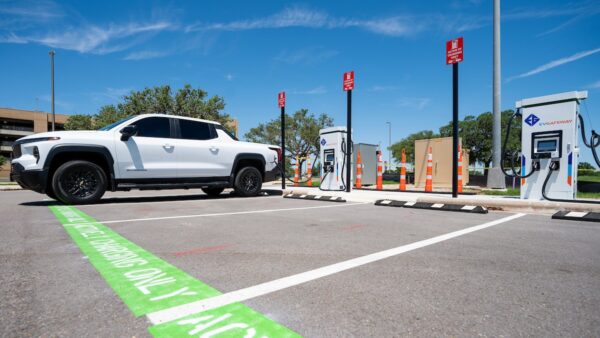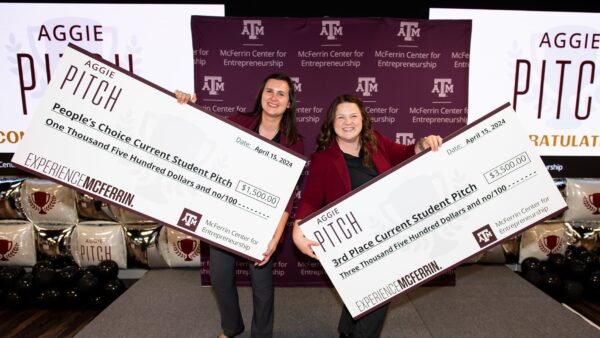Aggie Engineers Create Step-by-Step Method For Making Protective Medical Masks
With a touch of inspiration from MacGyver, Aggies have developed a way to make medical protective gear from readily available materials.
A group of professors and graduate students from the College of Engineering at Texas A&M University are researching methods to construct desperately needed personal protection masks for medical personnel who have seen a depletion of resources as the number of COVID-19 cases increases.
John Criscione, a Texas A&M professor in the Department of Biomedical Engineering and a Johns Hopkins-educated medical doctor, said he and his colleagues are investigating a low-technology solution to a growing problem. Dr. Criscione and his team have figured out a way to build masks with materials such as air-conditioning filters, sheer curtains, staples and stretchable cords.
John Sharp, chancellor of The Texas A&M University System, said the Texas A&M community has a long tradition of helping society when it needs assistance the most.
“This is exactly the kind of Aggie ingenuity that has been evident on our campus for generations,” he said.
Dr. Criscione said his team will be quantitatively testing do-it-yourself masks in the coming days. The team will continue its efforts to create a mask that has features similar to the N95 respirator, which is capable of filtering 95 percent of airborne particles, including viruses.
“If the gap between supply and demand continues to worsen, and particularly our emergency medical colleagues are forced to use DIY masks, we want them to have technical guidance as they make their choices of materials and construction,” Dr. Criscione said. “We see this as our selfless service responsibility to the general public, as Aggies, and we are here to help.”
The project began after emergency room physicians asked Dr. Criscione to explore potential solutions in case masks become unavailable. The result is a work-product that would be approved by MacGyver, the innovative namesake of an iconic late 1980s/early1990s TV show.
The prototype never was intended to join the supply-chain of approved personal protective equipment, or PPE, Dr. Criscione said. Rather, he said that the Aggie masks should be reserved for worse-case scenarios where overwhelmed hospitals “had no protective masks to use for life-saving procedures.”
Another group at Texas A&M’s College of Engineering is working on options to produce similar personal protective masks with 3D printers.
Media contact: Laylan Copelin, 512-289-2782, lcopelin@tamus.edu.



